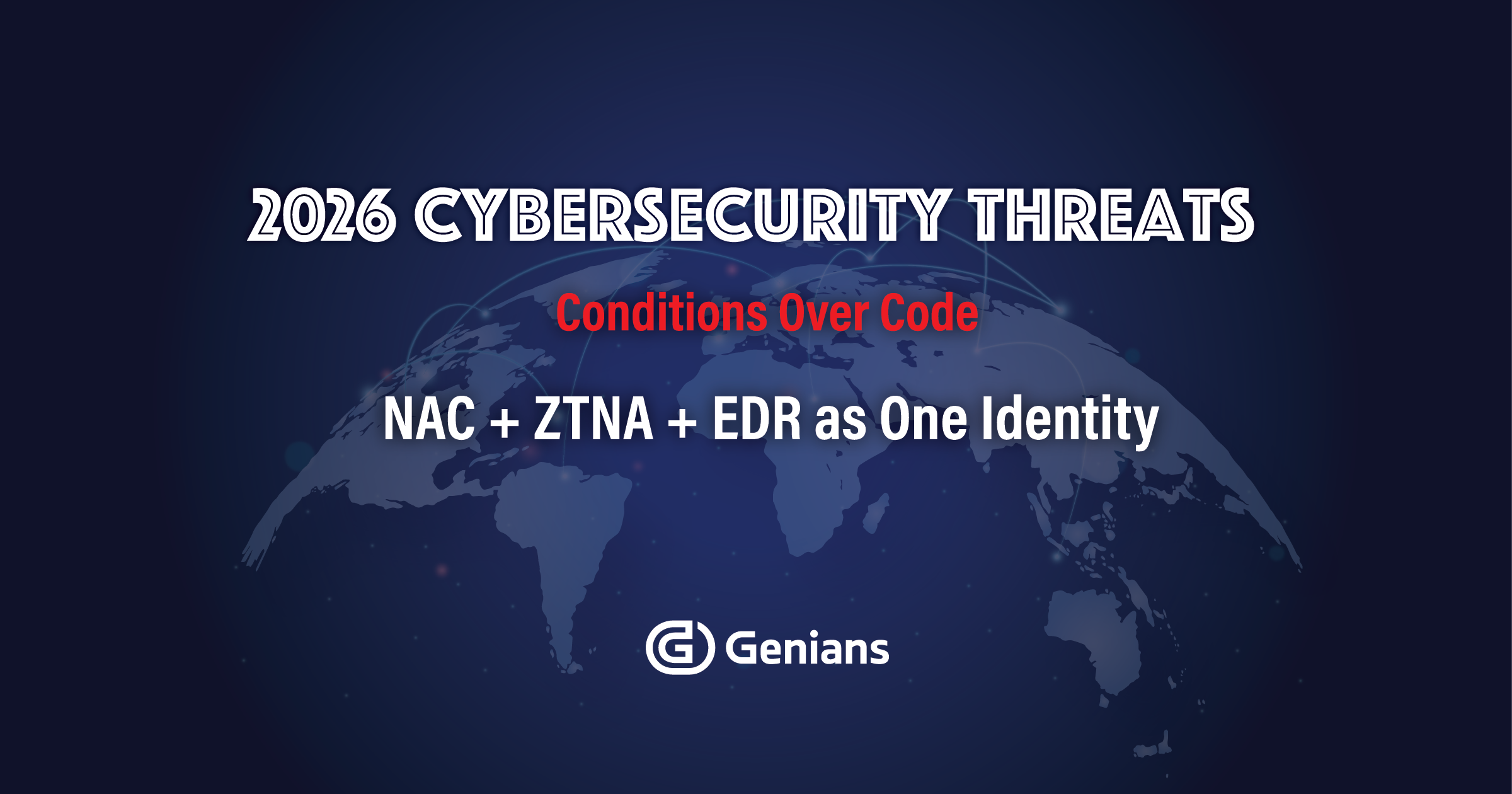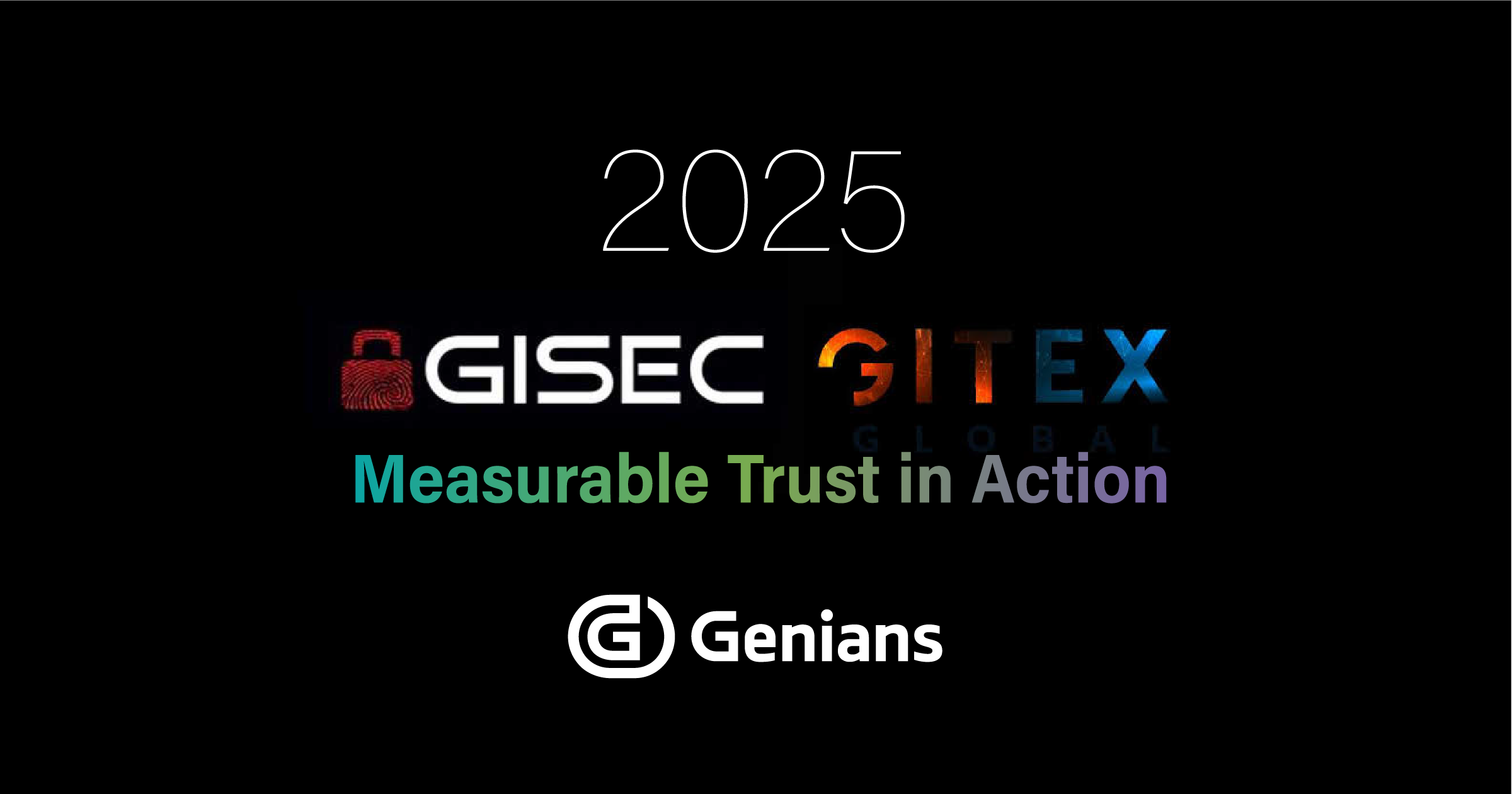#$%@ happens!
The social and economic impacts emerging as the coronavirus outbreak continues to spread are increasingly evident not only in China but around the world. Last week the Mobile World Congress, which draws some 100,000 people to Barcelona every year, had to be called off after exhibitors began pulling out of the event in droves because of infection concerns. Likewise, Facebook’s annual Global Marketing Summit has also been canceled for the same reason.
Beyond the conference circuit, the outbreak has begun to threaten broader economic growth. In Hong Kong, HSBC announced 35,000 job cuts as it anticipates slower growth ahead. Car manufacturers such as Jaguar Land Rover, Fiat Chrysler, Honda, Nissan, GM, and Renault have announced pending production slowdowns because of supply chain issues in China. And Apple has just announced they expect to miss their sales forecast this quarter due to disruptions in China as well. Most importantly, lives have been disrupted, damaged, even lost. More would be coming but we need effective response and mitigation to move beyond fear, hatred, and blame.
Preventative and detection controls are the most effective response but openness, transparency, and sharing are the key
As cybersecurity practitioners, we know that surveillance, detection, and remediation have to be practiced consistently to keep the threats of a dangerous world at bay and under control. In South Korea, government health authorities have implemented highly innovative measures to limit the spread of the contagion: they have created digital diaries of infected peoples’ movements before contracting the coronavirus and made those records available on the government’s website so that individual Koreans can check whether they might have come into contact with the virus themselves and seek medical attention proactively. Also, related intelligence, protocols, and systems are being shared with other countries rather than kept hidden. The result has been highly effective as the government can now keep track of all infected patients and potentially vulnerable people. South Korea has shown how to mitigate risks by putting the right human processes and technological supports in place.
Not much different in the cyberworld
The lifecycle of each device in your network (from cradle to grave)
How can we achieve this? Learn more:
Control or be controlled
How can we achieve this? Learn more:
Actionable Intelligence
We all know that there is no such thing as a “silver” bullet to solve all cybersecurity challenges while sustaining our business productively. We need to share our cyber-intelligence with other security or IT solutions to be fully actionable in a timely manner. Since Genians operates at Layer 2, the comprehensive network data it collects is valuable both to customers and other technology vendors alike; we can make this intelligence actionable against threats more effectively by exchanging this intelligence with other vendors’ solutions via open APIs.
How can we achieve this? Learn more:
- IT Security Automation
- Genians Next-gen NAC with User directories
- Genians Next-gen NAC with Infoblox DNS, DHCP and IPAM (DDI)
- Genians Next-gen NAC with Palo Alto Firewall
- Genians Next-gen NAC with Seceon AI-based SIEM
- Genians Next-gen NAC with Fireeye SIEM
Together, More Secure. Journey with us.
As with the coronavirus or any other serious biological threat, one has to remain ever-vigilant. But putting the right technology in place to protect your most valuable life and assets from intruders is just as necessary in order to keep your organization safe and open for business. We as Genians always work together with customers, partners, vendors, and communities to sustain our safety from the threats posed by an unpredictable world. And our next-gen NAC solutions can be working as a communication platform to turn things around. So journey with us.





